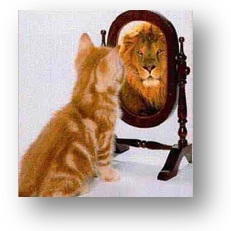In an ideal world, the hiring process would be so flawless and efficient that every employee would be perfectly suited to their position and would have a complete understanding of their role from day one. Growth within the company would happen naturally, and as an employee gained the trust and confidence of his/her superiors, their […]
- Features
- Performance ReviewsEasy Online Performance Reviews, Self-Assessments, PIP’s & more!
- Goal ManagementSet and track SMART goals, performance objectives, and development plans
- 360º ReviewsIdentify strengths & develop performance with integrated 360° multi-rater reviews and assessments.
- Ongoing FeedbackEngage your workforce in timely & frequent feedback
- Succession PlanningMake crucial succession decisions with integrated interactive nine-box talent matrix
- Compensation ManagementImplement a fair & consistent pay-for-performance culture that motivates and engages employee performance
- SurveysLaunch and analyze unlimited online surveys to reveal insights and trends in talent & engagement.
- Reporting & AnalyticsGet the reporting you need to assess the performance health of your organization.
- Pricing
- Resources
- Services & Support
- Our Customers
- Tour
- Contact Us
- Book a Demo
- Features
- Performance ReviewsEasy Online Performance Reviews, Self-Assessments, PIP’s & more!
- Goal ManagementSet and track SMART goals, performance objectives, and development plans
- 360º ReviewsIdentify strengths & develop performance with integrated 360° multi-rater reviews and assessments.
- Ongoing FeedbackEngage your workforce in timely & frequent feedback
- Succession PlanningMake crucial succession decisions with integrated interactive nine-box talent matrix
- Compensation ManagementImplement a fair & consistent pay-for-performance culture that motivates and engages employee performance
- SurveysLaunch and analyze unlimited online surveys to reveal insights and trends in talent & engagement.
- Reporting & AnalyticsGet the reporting you need to assess the performance health of your organization.
- Pricing
- Resources
- Services & Support
- Our Customers
- Tour
- Contact Us
- Book a Demo
Privacy Policy | Cookies Policy | Accessibility | About
© emPerform and its associated logos are registered trademarks of emPerform, a Quisitive company and other trademarks used herein are owned and may be registered by their respective owners.


